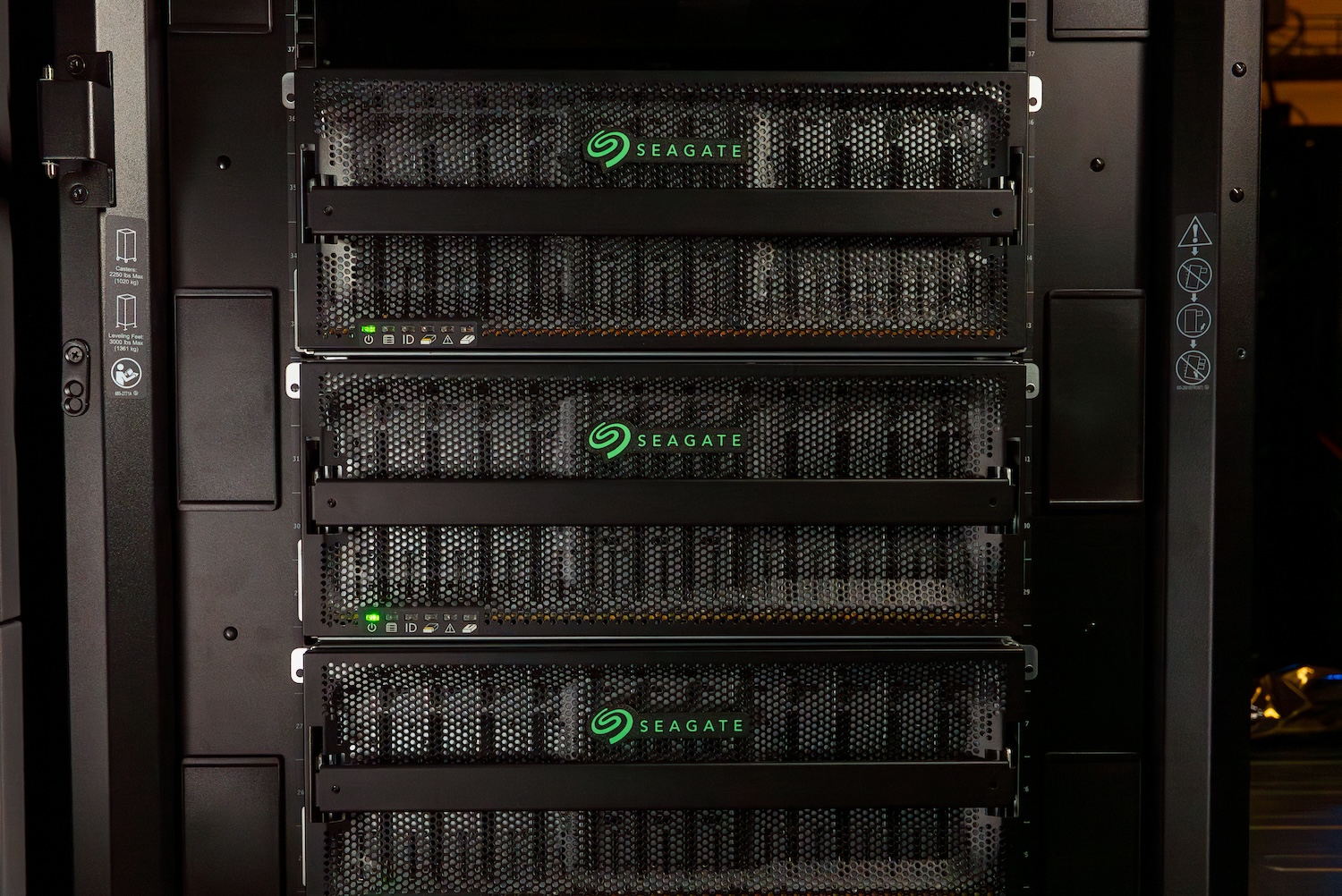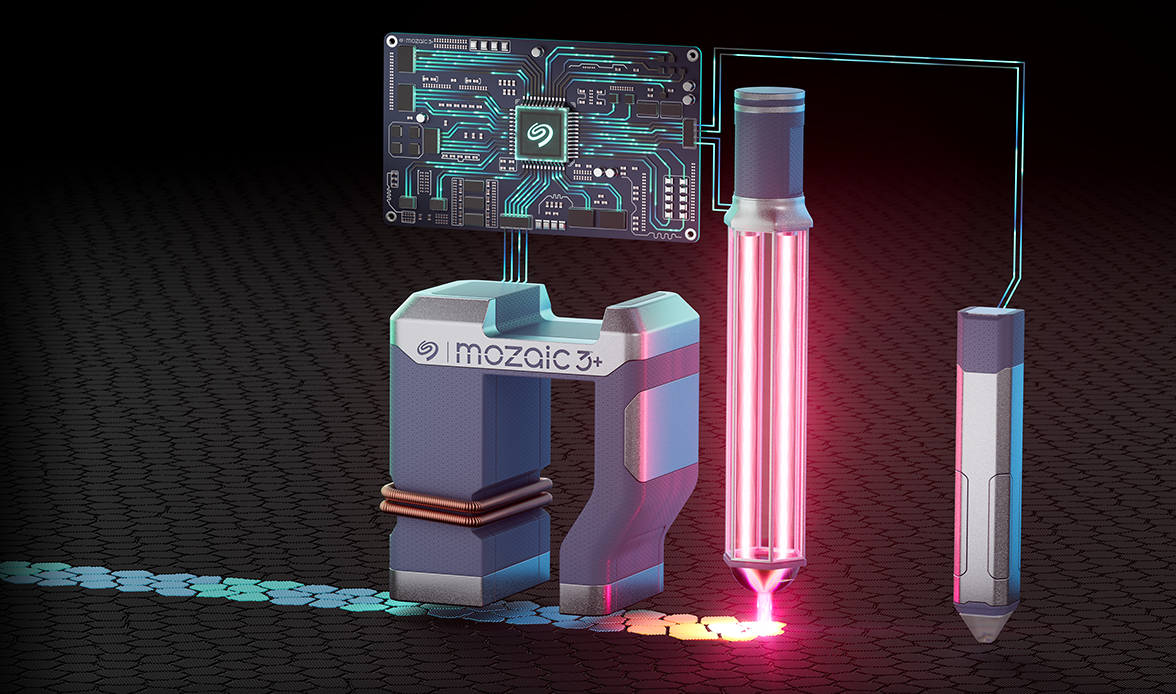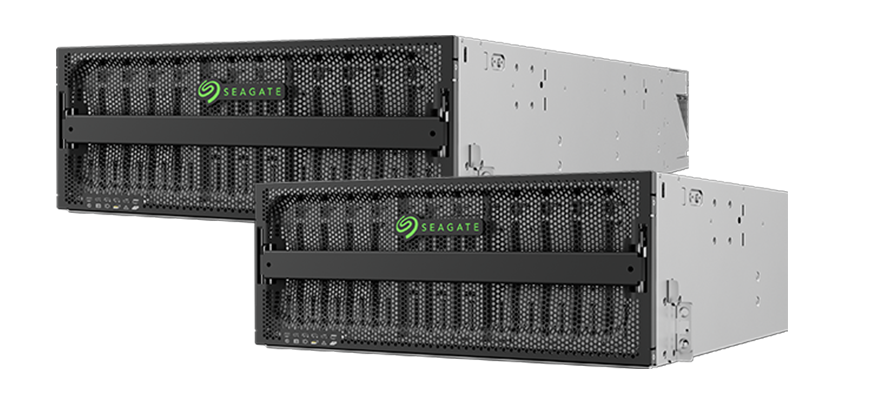Seagate has introduced the Exos 4U100 and 4U74 JBOD systems, designed for data-focused environments in main data centers and at the edge. These systems offer up to 3.2PB of storage in a single, high-density chassis, making them among the most efficient JBOD options for businesses experiencing rapid data growth, hybrid setups, and new compliance requirements.

As AI drives the creation of more data, storage strategies must evolve to meet new demands and regulations. A Seagate-backed IDC study shows that 78% of organizations are creating new content types, underscoring the inevitability of growth. Success hinges on effectively capturing, retaining, and utilizing data. Businesses need high-density, reliable, secure, energy-efficient storage with flexible data models.
The Exos 4U100 and 4U74 address these needs with efficient SAS-4 JBOD designs that simplify operations and enable easy scaling. Seagate’s Mozaic innovation improves the platform, enabling high-capacity, high-throughput expansion without losing power efficiency or usability. As on-premises and near-edge AI workflows grow, including model training, frequent checkpointing, and continuous data ingestion, these JBODs offer the performance and management tools needed to keep data pipelines running smoothly while ensuring compliance with data origin requirements.
Seagate’s approach emphasizes practical edge solutions. The Exos 4U100 specifically utilizes Mozaic HAMR technology to deliver high density and energy efficiency, making it ideal for petabyte-scale AI/ML pipelines at the edge and in distributed data centers. It supports long-term storage for training datasets and observability data, while ensuring the throughput required for real-time analytics and rapid recovery. The company presents the 4U100 as part of its broader effort to help customers store more data longer, enabling them to extract value over time as models, regulations, and business needs evolve. Essentially, this product functions more as a platform for edge-oriented, compliant, and AI-ready data operations than as a single SKU.

From a technical perspective, the 4U100’s main feature—supporting up to 3.2PB in a single enclosure—includes essential operational features for large-scale deployments. The system supports both SAS and SATA configurations to accommodate existing setups and purchasing preferences. Its deployment is simplified through compatibility with various rack depths and tool-less serviceability, reducing installation time and easing on-site efforts in both core data centers and tight edge locations. Seagate reports significant thermal and power improvements over earlier models, with cooling efficiency about 70% better and power consumption approximately 30% lower. This results in reduced operating costs and increased flexibility in thermally constrained facilities.

Security and management are handled at the platform level. The setup includes a secure boot feature and support for Seagate Secure certificates to verify the device’s identity and integrity. Redfish-based management provides standard automation and fleet control, which is increasingly important as organizations manage separate storage pools across different regions to comply with data sovereignty rules. The systems are designed to help customers create compliant storage solutions that keep data local while maintaining consistent operational controls and visibility.
In practical terms, the 4U100 targets AI data lakes, model artifact repositories, media archives, and high-throughput ingest scenarios where sustained bandwidth, density, and easy serviceability are essential. The 4U74 addresses similar needs for environments that demand the performance and reliability of SAS-4 JBODs, although it offers slightly different capacity or footprint trade-offs. Together, they cover the entire spectrum, from core to edge, with a unified operational model that scales across disparate architectures.
Businesses considering the total cost of ownership (TCO) will realize how density, power efficiency, and faster deployment cycles impact long-term expenses. Combining capacity into fewer, more efficient enclosures reduces rack space, power, and cooling costs, while standards-based management speeds up the pathway to full automation. For teams supporting hybrid and on-premises AI workflows, the mix of Mozaic HAMR density, SAS-4 throughput, and security features provides a straightforward path to creating robust, high-capacity storage tiers suitable for today’s AI pipelines and future regulatory standards.
The Exos 4U100 and 4U74 JBOD systems will be available next quarter through its global network of authorized partners.




 Amazon
Amazon